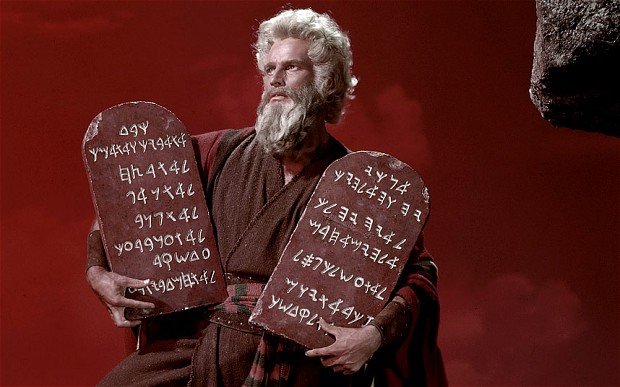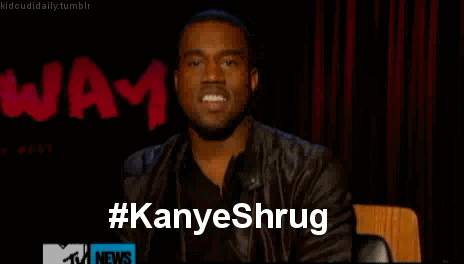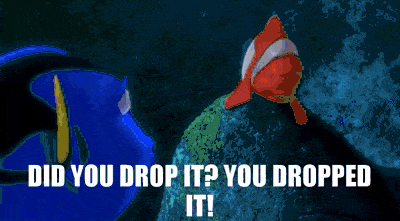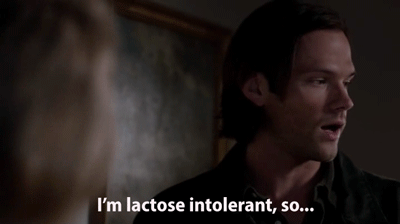|
Shalom y’all from one of the most beautiful places in the world, Camp Tel Yehudah! Welcome to this episode of Better Know a Jewish Holiday! Saturday night marks the beginning of the Shavuot; The fighting feast of weeks! Shavuot (shah-voo-OHT) is a multifaceted holiday with a wide variety of meanings and traditions. No, it’s fine. I’ll walk you through it. Jews spend the 49 days after Passover counting down to Shavuot, a process called the Omer. For more information on that process, you can check out our helpful Lag Ba’Omer post. As the Omer comes to an end, we reach two major events in Jewish history. The first, well, is kind of a big deal. After crossing the Red Sea, the Jews wander around for just a little while until they find themselves at Mt. Sinai. There they get ready to receive the Torah, the central text and teaching of Jewish tradition. According to the Torah, G-d decides (s)he’s going to speak directly to the Jewish people and give them the Ten Commandments. As one might expect, hearing the voice of G-d was just a liiiiiiitle too much for the Israelites. So Moses went up instead to get the Ten Commandments and the rest of the Torah. We all know how it went from there. The giving/receiving of the Torah was a monumental moment for the Jewish people and the world. It forms the backbone of the three monotheistic religions that together make up more than half of the world’s population. This year, there’s a beautiful coincidence, pointed out by my soon-to-be rabbinical school classmate Ben Perlstein: “What is particularly amazing about Shavuot this year is that it falls during another season of sacred counting and revelation: the Muslim month of Ramadan. Because the Muslim calendar—unlike the Jewish calendar—follows a lunar cycle with no leap years, Ramadan travels through the seasons from year to year, and so this overlap between Jewish and Muslim revelation holidays does not happen very often.” “What is even more amazing about how Shavuot and Ramadan are slated to coincide is that over these next few observances Shavuot will consistently fall within a day of the sixth night of Ramadan… and a Muslim hadith tells us that the Torah was revealed to the prophet Muhammed on the sixth night of Ramadan (Musnad Ahmad 16536).” I just find that really cool and awesome and wanted to share. There’s a lot more about the whole “getting the Torah” thing, but I’ve been working for the past week and a half to prepare this place for 140 16-year-olds to show up so you’re getting a bit of an abridged version. On to other things about Shavuot, Much like today’s American Jewish community, the Jews who lived in ancient Israel were an agricultural people. Okay, now that we got that out of our system. Shavuot was the holiday marking the bringing of the first fruits to the Temple in Jerusalem. Another name for the holiday is Chag Ha-Bikkurim, which translates to the Festival of the First Fruits. As Jews returned to Israel in the early 20th century, this aspect of the festival was revived, especially on the kibbutzim and moshavim—collective agricultural villages scattered throughout the country. To this day, Kibbutzim and other agricultural communities in Israel and around the world celebrate the holiday with a distinct harvest theme. On Shavuot we read the story of Ruth, one of the first and most well-known Jewish converts. She paved the way for many other lesser-known non-Jews over the years to discover and adopt our traditions. Anyway, Ruth was a Moabite woman who married this Israelite dude Mahlon during the period after the Jews entered the land of Israel but before Saul was named king. Unfortunately there was a famine that killed all the men in the family, leaving Ruth with her Israelite/Jewish mother-in-law Naomi and her Moabite sister-in-law Orpah. Naomi tells Ruth and Orpah they’re free to leave her and find new husbands. Orpah reluctantly leaves, but Ruth hits Naomi with one of those famous Biblical lines: “Don’t urge me to leave you or to turn back from you. Where you go I will go, and where you stay I will stay. Your people will be my people and your God my God.” So Ruth and Naomi move back to Israel and it’s right around the time of the harvest (one reason why it’s believed the book is read at this time). In Jewish law, you have to leave behind anything you drop in the fields during the harvest for poor gleaners. So Ruth is gleaning in the fields of this dude named Boaz. Long story short (not that long of a story), Boaz turns out to be a relative of Mahlon, which means he and Ruth are actually kinda supposed to get married. Also he’s really nice and they like each other so that works out nicely… and they get hitched. Best of all, their great-grandson is King David!! Woo!! We like him a lot, and can you believe his great grandma was a convert from a totally different tribe who immigrated to Israelite territory?? Almost like we shouldn’t be xenophobic and scared of people who appear to be different from us, idk, maybe I’m reading too much into it. Lastly but not leastly, we eat a lot of dairy foods on Shavuot! Which makes a lot of Ashkenazi (Eastern European) Jews get all: There are a lot of reasons why we do this, including but not limited to it being a reminder of the promise that the land of Israel will flow with "milk and honey" and that it’s the way we’ve always done it. And with that, I say Shabbat Shalom, Chag Sameach and have a wonderful three days!!
Ben
2 Comments
|
About the JewThe Jew is an Uber driving, Bar Mitzvah DJing, yoga teaching ex-journalist from Ann Arbor, Michigan who attends rabbi School in NYC. Archives
October 2018
Categories |
























 RSS Feed
RSS Feed
